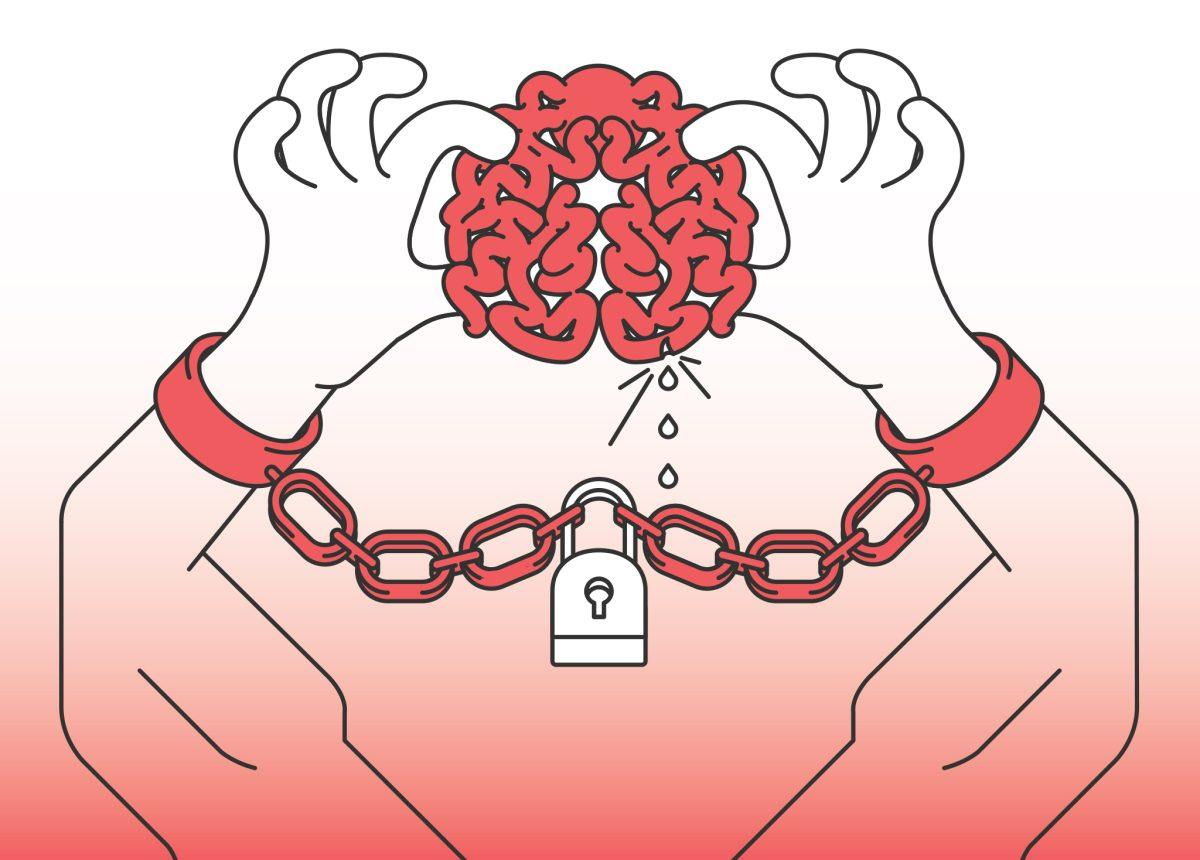By Adam Case | The Broadside (Contact: [email protected])
How is a serial killer created? A recent talk by Rebecca Walker-Sands, professor of psychology, shed some insight into the things which drives some to perform the most horrible acts known to humans.
The talk, titled “Cranial Injuries and Criminals: Understanding Brain Function Through Mishaps and Mayhem,” investigated the neuropsychology involved in the infamous people of the 20th century. Dr. Walker-Sands presents this and several other talks annually. She said that this particular talk is one of the most popular and requested of them.
Aaron Brinegar, second-year psychology student, came to the talk both as an extra credit opportunity and because he finds serial killers interesting and creepy. Aaron said that he was eager to learn what could be happening in their brains.
Being well-versed in psychology beforehand is not needed to attend one of Walker-Sands’ talks.
Walker-Sands described several famous incidents and how it related to their specific dysfunctions of the brain. An example given was Phineas Gage, a man who in 1848 survived having a three and a half foot tamping iron blasted through his face, destroying his left frontal lobe. The damage permanently altered his personality, leaving him angry and irrational until he died of epilepsy twelve years later.
It is a common myth that we use only 10 percent of our brain according to Walker-Sands, the reality is we use every piece of it, and every piece serves an important function to us. The frontal lobe, which Gage lost about a teacup of, relates to emotions, planning, and inhibition.
A much more frightening example of the results of frontal lobe damage was shown in Ray DeFord, Oregon’s youngest convicted murderer. In 1996, DeFord set his apartment complex on fire, killing eight people inside. Ray was raised under impoverished and abusive conditions. His father once hit him in the head with a clipboard, which was shown to have damaged the frontal lobe, and is believed to have been a critical factor in DeFord’s arson.
Walker-Sands explained another relevant area of the brain is the amygdala, which relates to emotional responses to fear and aggression. It is speculated that the amygdala may have driven Charles Whitman too, in 1966, open fire upon the University of Texas campus, killing 14 people and wounding 38 more. Whitman had previously reported feeling angry beyond his control or understanding, as well as experiencing regular intense headaches. He wrote that after his death, he wished for all of his money to be put toward brain research. After the police killed him during his massacre, a tumor was found in his brain which compressed his amygdala.
Much research has been done since then in this area to reveal many interesting finds. Part of Walker-Sands’ presentation compared the fMRI brain scans of those who had not committed murder, those who murdered in an aggravated or criminally motivated context, and those who killed for seemingly no reason. The last group, referred to as “depraved” killers, showed very little activity in emotional areas of the brain. It is hypothesized that these individuals feel nothing most of the time, which could explain part of their motivation for committing such a high intensity behavior like murder.
Individuals like this exist all around us, individuals who feel little and function efficiently. Most of whom perform essential, high stress, intense and difficult tasks in our society. Part of the difficulty then is determining what may send some of these individuals to mass murder.
Psychologists have found that traumas which may cause such abnormalities in brain function can stem from either physical or emotional source. Children suffering from neglect and abuse can lose up to a quarter of their memory capacity and are shown to show suicidal and aggressive behavior for the rest of their lives, as well as being very susceptible to addictions.
Brinegar described himself as “shook” and wondered how much brain trauma could be to blame for so many of the atrocities we see around ourselves at the end of the talk.
Walker-Sands said she has a vested interest in this topic as a means of warning students to protect their heads, and to protect their children’s emotional state. ■








